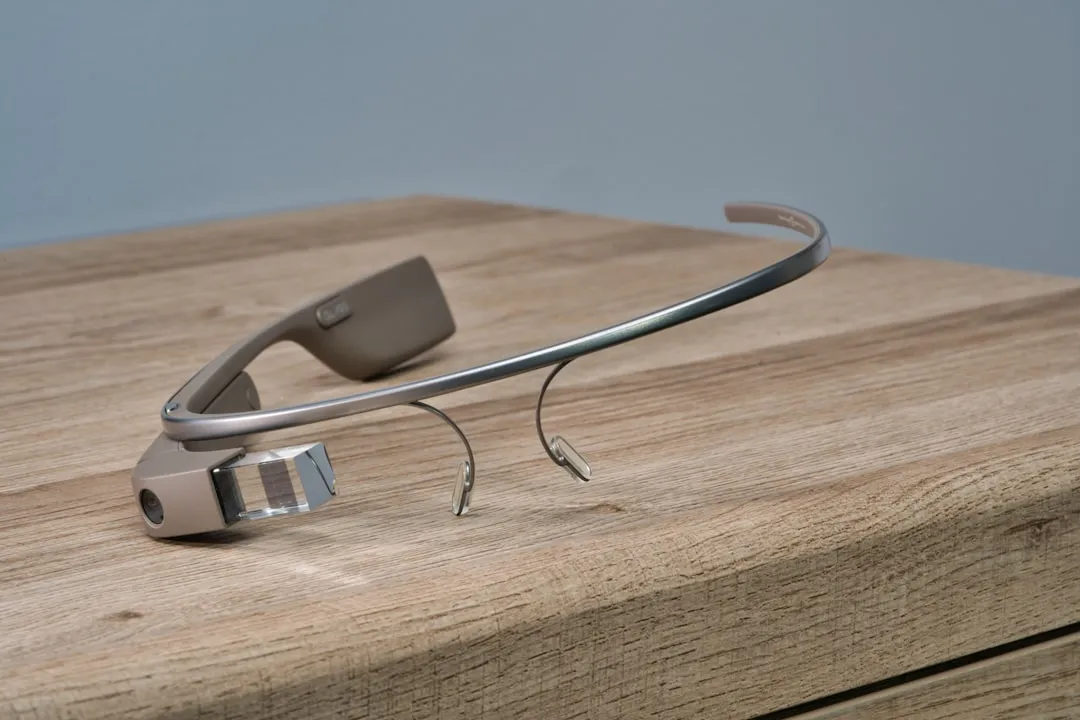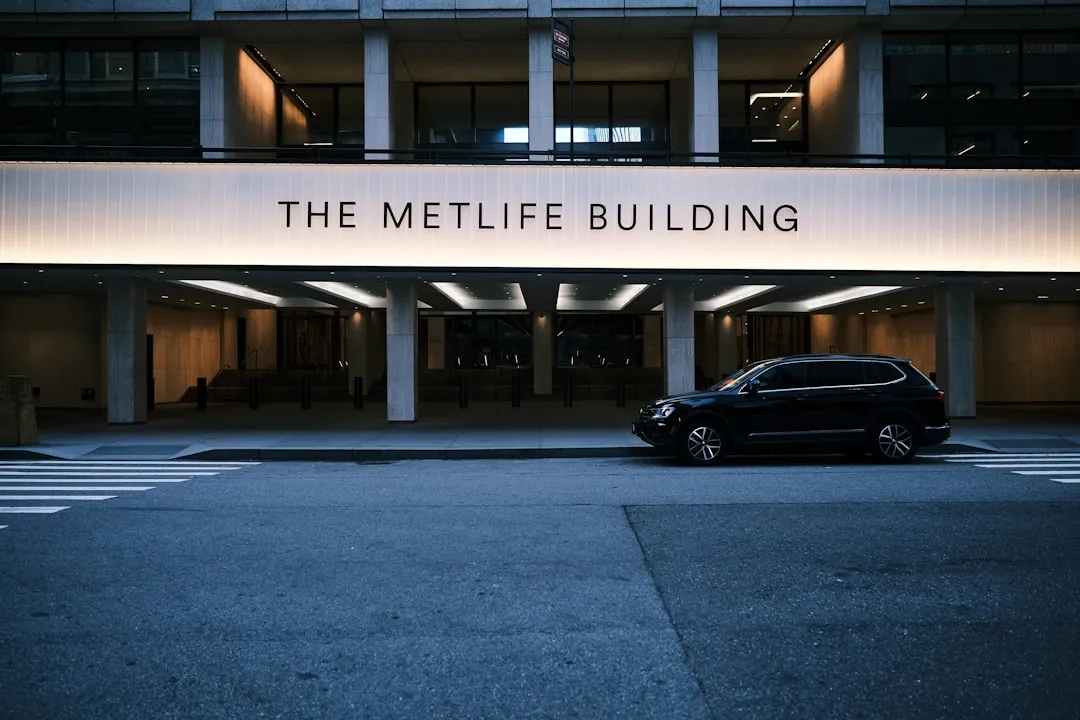Apple no longer has an exclusive province to LiDAR for the purposes of augmented reality.
This week, headset maker Varjo unveiled its new VR-3 and XR-3 headsets, the latter of which includes LiDAR sensors and stereo RGB cameras to enable depth sensing and inside-out tracking of real-world environments for "pass-through" mixed reality experiences.
Both the XR-3 and VR-3 are capable of 115 degrees field of view, "human-eye resolution" (more than 70 pixels per degree, or 8K resolution), and color accuracy that is true to life. In addition, Varjo claims a refresh rate of 90 Hz and eye-tracking at up to 200 Hz that, combined with foveated rendering that focuses content rendering on the user's gaze, results in highly realistic experiences.
The devices also include hand tracking sensors from Ultraleap (formerly Leap Motion and support Unity and Unreal Engine, among other 3D engines.

Varjo's XR-3 (left) and VR-3
"Our team has been working non-stop throughout 2020 to further push the envelope of what is possible in XR and VR. The new XR-3 and VR-3 are the most advanced, zero-compromise devices on the market and suitable for any professional workflow," said Urho Konttori, co-founder and chief innovation officer of Varjo, in a statement.
"We are especially excited by the introduction of depth awareness in the XR-3 through combined LiDAR and RGB video, enabling the most realistic mixed reality experiences ever seen. With our highest-performance XR, Varjo is setting the new standard for professional immersive computing and paving the way for a collaborative, cloud-enabled mixed reality workplace."
While the XR-3 is aimed at enterprise customers, it still does not come cheaply. The headset sells for $5,495 plus $1,495 for a required one-year subscription to the new Varjo Subscription for software and technical support. The VR-3 is relatively cheaper at $3,195 plus $795 for a one-year Varjo Subscription. Purchases can be made through Varjo's website or from one of 35 official resellers.
In our hands-on with the XR-3's predecessor, the XR-1, we found that Varjo's claims of visual fidelity match the actual experience, with content appearing "consistently photorealistic." By all accounts, the XR-3 surpasses the XR-1 in terms of specs and performance.
So, for the express purposes of training simulation in healthcare, engineering, and other fields where high fidelity visuals are necessary to replicate the real-world experience, the devices may be worth it for the Fortune 500 companies that can afford them.
Cover image via Varjo


























Comments
Be the first, drop a comment!